
Become a member
Join today and help protect nature, beauty and history – for everyone, for ever. Enjoy access to more than 500 places with National Trust membership.
Delightful garden renowned for its herbs and fruit orchards
Temple Sowerby, near Penrith, Cumbria, CA10 1SP

| Asset | Opening time |
|---|---|
| Garden | Closed |
| Car park | Closed |
| Parkland | Closed |
| Café | Closed |
| Watermill | Closed |
Acorn Bank is now open five days a week, welcoming visitors from Thursday through to Monday. Our opening hours remain the same, from 10.30am-5pm, with the café closing at 3.30pm. Last entry is at 4pm. Car park open as garden and estate.
| Ticket type | With Gift Aid | Without Gift Aid |
|---|---|---|
| Adult (18+) | £10.00 | |
| Child (5-17) under 5s free | £5.00 | |
| Family (2 Adults and up to 3 children) | £25.00 | |
| 1 adult, 2 children | £15.00 |
Assistance dogs only in the gardens. Dogs allowed in the courtyard and on the estate.
Second-hand book shop stocking a range of fiction and non-fiction titles.
The café is open for hot drinks, cakes and snacks each week on Thursday, Friday, Saturday, Sunday and Monday from 10.30am to 3.30pm.
Secure cycle rack located immediately beside, and visible from, staffed visitor welcome point
Removeable electric bike batteries can be recharged in the cafe
Wooden picnic benches located in the woods close to the visitor welcome point. Accessible picnic table located close to the woodland path behind the mansion
The garden team offer a selection of plants raised in the garden for sale by donation. Located in the courtyard
Drop-off point at garden entrance. Separate mobility parking, 50 yards. Adapted toilet in garden courtyard. Tramper available to hire free of charge. Hearing loop available at welcome point. Some accessible paths in garden but mainly rough. Woodland pathways are uneven and undulating. Map of accessible route in grounds available below.
Place to Change available in the courtyard.
Trampers can be booked in advance by pre-booking through Outdoor Mobility for a £3 charge.
Powered mobility vehicle available - more informationPlace to change available in the courtyard.
Some grass paths and areas where the ground is uneven.
Appleby Train Station is an 8.75 mile (about an hour) bike ride.
Langwathby Train Station is a 6 mile bike ride.
Penrith Train Station connects to Carlisle and Glasgow to the North or Oxenholme, Lancaster and Preston to the South. Find out more about visiting car-free
From here follow the public footpath taking you down a quiet country lane and across historic parkland (1.3km/27 mins). The Fellrunner bus runs to Acorn Bank every Friday, and nearby villages of Culgaith and Newbiggin on other days. See Fellrunner bus timetables.
Find out more about visiting car-free
It’s also a gentle bike ride from Penrith to Acorn Bank.
Cycle from Appleby train station.
6 mile (9.6 km) bike ride (about an hour) from Langwathby train station.
10 mile (16,1 km) bike ride (1h20m) from Penrith train station.
We want to make sure that Acorn Bank is accessible for all visitors. The historic house, gardens and estate we care for present challenges in creating access for all, but we are taking steps to ensure that as many people as possible are able to experience Acorn Bank’s history and beauty. Here you’ll find information about access across the different areas of Acorn Bank and how to make the most of your visit.
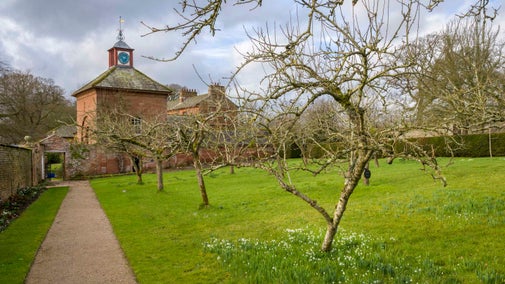
Acorn Bank is a one pawprint rated place. Find out the best places to stretch your legs here, as well as the things to be aware of when you visit.

With the varied gardens, watermill, pop-up café and surrounding woodlands and countryside estate to explore, there's something for everyone to enjoy at Acorn Bank. Find out all you need to know about arranging a group visit with us today.
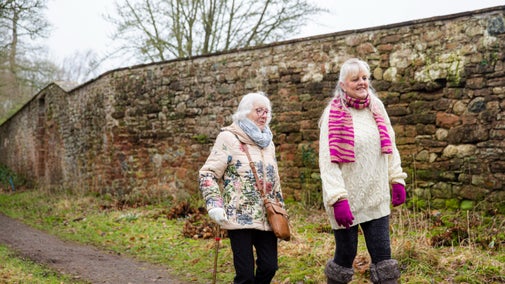
Walled gardens shelter a medicinal herb garden, herbaceous borders, lily pond and traditional orchards. Acorn Bank’s Silent Space, part of the Silent Space initiative, is located underneath the Portuguese Quince tree at the centre of the Herb Garden. Enclosed by 400-year-old walls, it’s an intimate space with a tranquil atmosphere, full of fragrance.
Woodland walks reveal a hidden gypsum mine, working watermill and wildlife, including red squirrels, otters and rare birds.
The house is partially closed, but the grand Entrance Hall and second-hand bookshop are open on the ground floor.
Wander along the Crowdundle Beck to the partially restored watermill.
The café is open for hot drinks, cakes and snacks each week on Thursday, Friday, Saturday, Sunday and Monday from 10.30am to 3.30pm.
Acorn Bank is now closed until February - keep your eyes peeled for Snowdrop Weekends 2026.
We're closed for the season, but Snowdrop Weekends are running from 7 February - 1 March on Saturdays and Sundays. We'll then be open on 7, 8, 14 & 15 March so you can come along and enjoy a peaceful weekend wander in the garden at Acorn Bank before we open for the season on Monday 16 March.
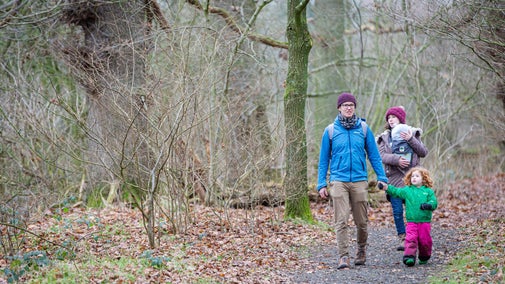
On Saturdays and Sundays from 7 February - 1 March, see the snowdrop spectacle in the woodland.
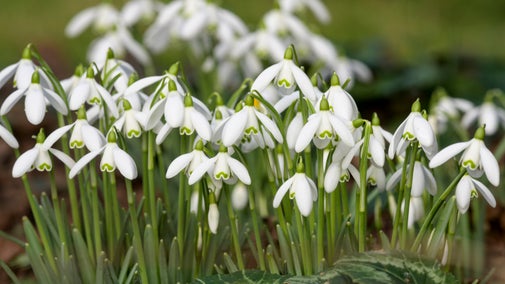
Join the garden team in February to learn how and when to prune your apple trees.
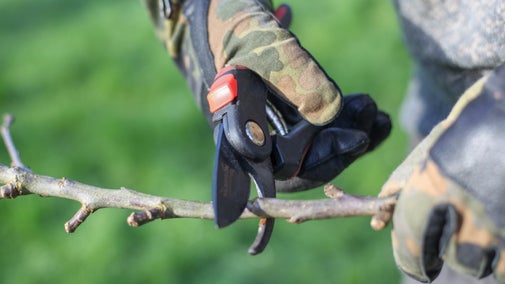
Potter around the fascinating garden at Acorn Bank. The garden boasts over 275 varieties of herbs as well as hot beds, vegetable patches and traditional fruit orchards.

Explore the 180 acres of woodland and parkland at Acorn Bank to visit the historic watermill, get closer to nature, or go on a geocaching adventure.

Discover what family-friendly activities are on offer at Acorn Bank in Cumbria, from geocaching around the parkland to newt spotting in the Sunken Garden. Try a self-guided nature trail and use rubbing plaques to discover the flora and fauna of Acorn Bank's walled garden and woodland.

Enjoy a walk around this peaceful backwater to discover Acorn Bank’s surprising industrial heritage and wildlife by the river.
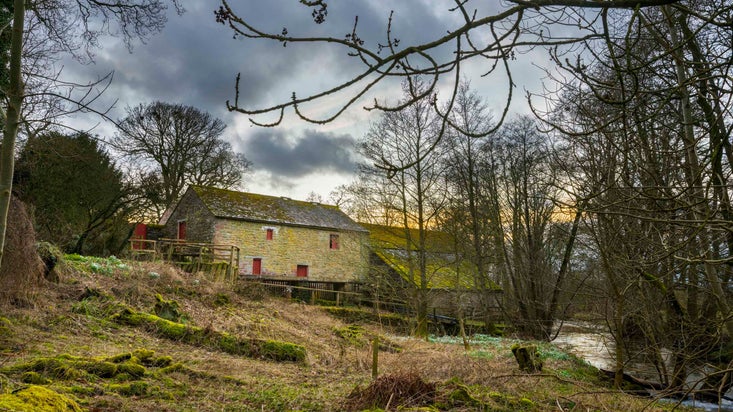
The café currently has a reduced offer due to staffing shortages, and opening times are subject to staff availability, so please check the 'Opening times' tab on Acorn Bank's home page. On days when the café is closed, self-service hot drinks are available. When open, the café will be serving hot and cold drinks, sandwiches, scones and cakes, 10:30am-3:30pm.

Browse the second-hand bookshop at Acorn Bank, and discover exciting reads, DVDs, CDs and videogames to take home with you after your visit.


An impressive 18th-century carding mill, now a large six-bedroom escape perfect for family get-togethers.

Contemporary and rustic combine in this Grade II listed farmhouse on the Sizergh estate.
Are you wondering about how and when to prune your apple trees? Join the garden team in February to learn how.
Best known for its comprehensive herb collection and traditional fruit orchards, Acorn Bank is a tranquil haven with a fascinating industrial past. Today the walled gardens shelter a medicinal herb garden, herbaceous borders, lily-filled pond and traditional orchards carpeted with Edwardian daffodils in spring.
Wander along the Crowdundle Beck to the partially restored watermill, enjoying wildlife in the woods on the way, and discover more about the history of gypsum mining on the estate. Enjoy the views across the Eden Valley to the Lake District from the magnificent backdrop of the sandstone house.
Discover how Acorn Bank's purpose has changed throughout the centuries, since it was first owned by the Knights Templar in the 13th century.
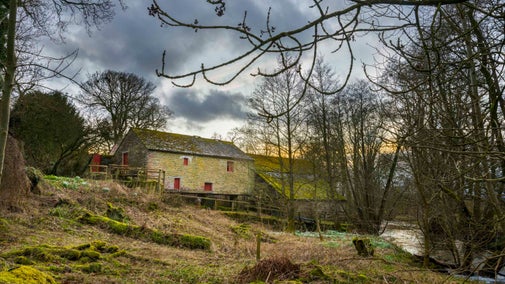
90 years after it was last used, the volunteer team at Acorn Bank Watermill have been hard at work preparing to restore the second waterwheel.

Search for live volunteering opportunities, or register your interest with Acorn Bank.

Rivers are life forces. They’ve helped sustain ecosystems, cultures and communities for millennia, their quiet power steadily shaping everything from landscapes to place names. But many of our rivers are under threat from climate change, pollution, and human-made changes to the landscapes and waterways, which is why the National Trust launched Riverlands.
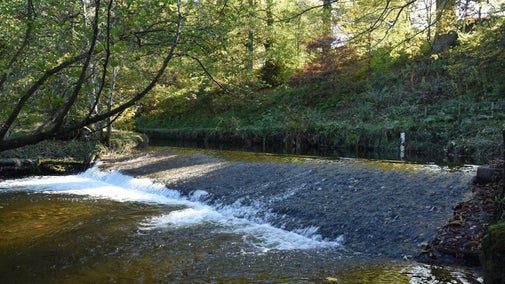
Downstream of the watermill, the bankside of the historic Crowdundle Beck is being eroded by the river. It’s a stark reminder of the impacts of climate change and changing weather patterns. This rapid erosion is putting the stability of the driveway at risk, and as a result we need to move the driveway.
With your help, we can continue to care for Acorn Bank's unique nature and heritage.

Join today and help protect nature, beauty and history – for everyone, for ever. Enjoy access to more than 500 places with National Trust membership.
By sharing your email address you’re agreeing to receive marketing emails from the National Trust and confirm you’re 18 years old or over. Please see our for more information on how we look after your personal data.